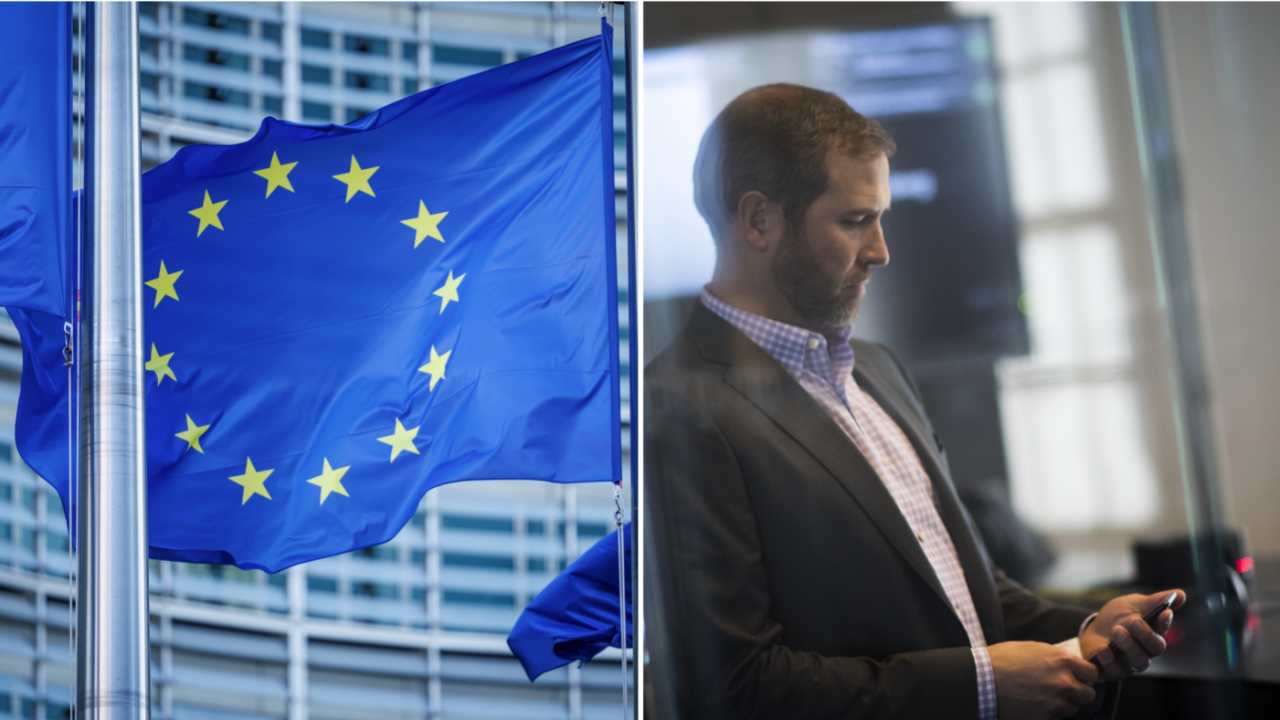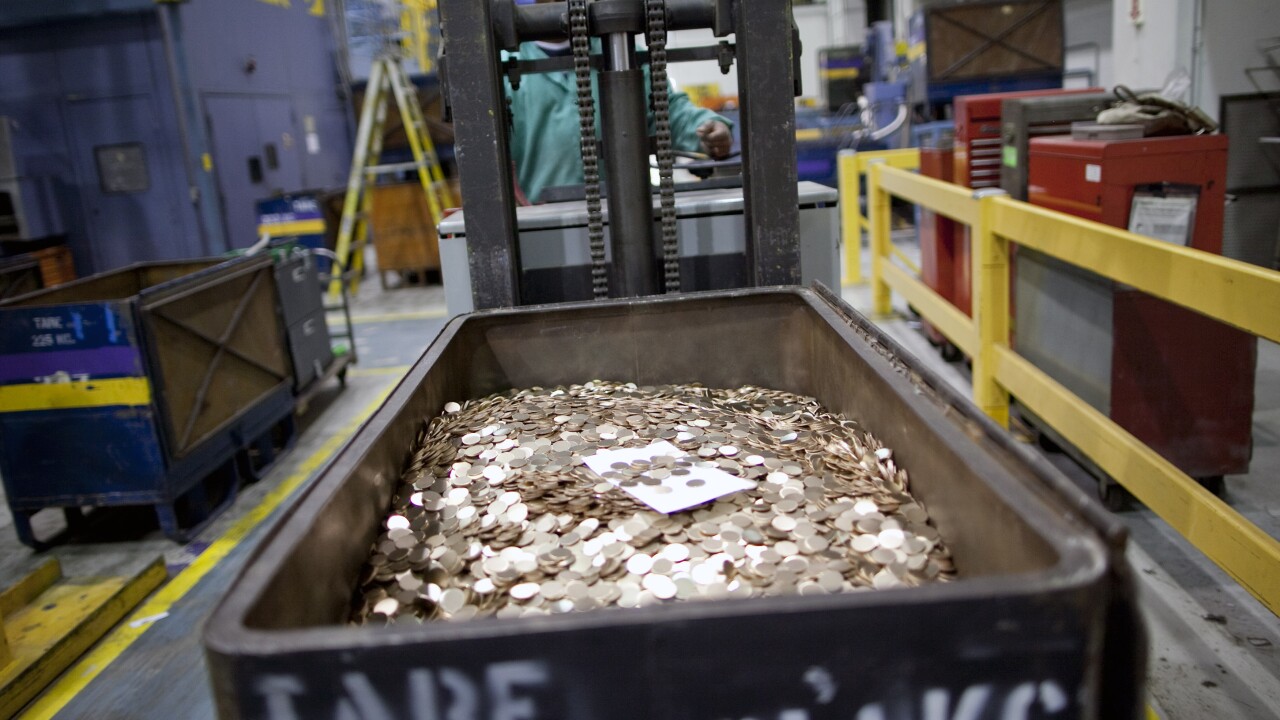PayPal is developing a new checkout process for its mobile app, allowing users to scan a QR code or type a PIN at the point of sale to authenticate purchases made with its cloud-based mobile payment app.
Currently, consumers open the PayPal app, or the merchant's app, and check in to that location when prompted. The user's photo is stored with the app and used for authentication. Under the upcoming "payment code" system, the PayPal app or a supported merchant's app generates a QR code or PIN that must be presented to the merchant to complete the purchase.
The new system, which the eBay unit plans to roll out early next year, is meant to help PayPal reach more retailers by taking advantage of the point of sale hardware they already have in place.
"This enables more merchants the ability to accept mobile wallet payments for consumers without having to replace their existing technology, says Brad Brodigan, vice president of small to medium-sized business retail at PayPal, in an email.
Starbucks and LevelUp also use scanners at the point of sale to read QR codes from their mobile payment apps.
The development of the payment code coincides with another
PayPal Beacon resembles technologies from VeriFone, shopkick and Alipay, which rely on sound waves for the same purpose.
"[PayPal's move] is an effort to make mobile payments as easy and accessible as possible for both the merchant and the consumer," says Julie Conroy, a research director for Aite Group. "To that end, they are putting a number of mechanisms that can be used to authenticate the user and/or effect the payment transaction, recognizing that the current method of paymentswiping a cardis quite entrenched."
PayPal is expanding its presence as
"As we have said many times before, the problem that needs to be solved is not paying at a POS terminal," said Don Kingsborough, vice president of retail services at PayPal, in a company
The QR code allows the merchant to leverage technology already at the point of sale, making it easier for the merchant, Conroy says.
"Now the consumer experience is another question," she says. "It's still faster to swipe a card than it is to scan a QR code, so the incentive to change behavior for the consumer will really come down to how compelling these offers and rewards will be."
This story has been updated with additional reporting by Bailey Reutzel.





